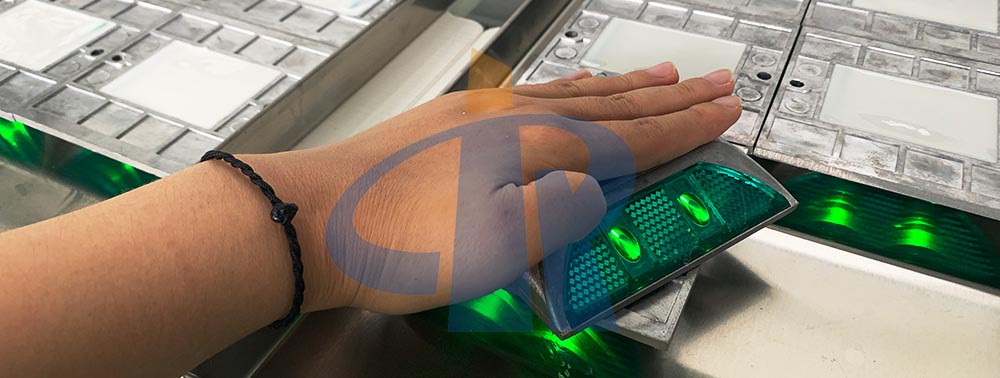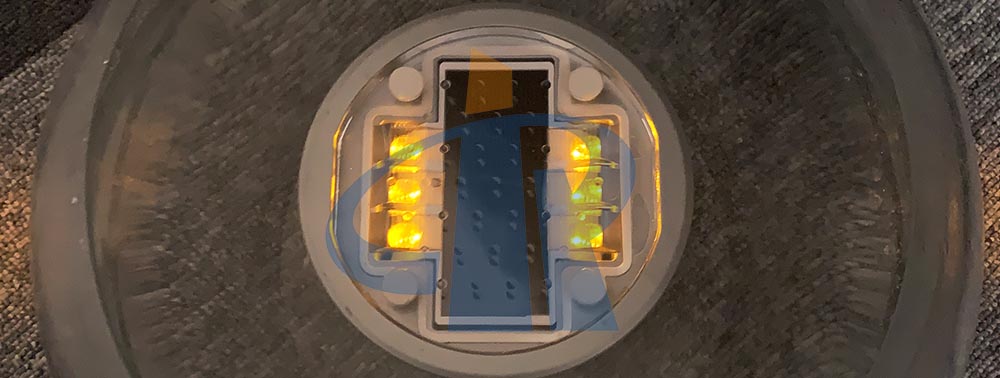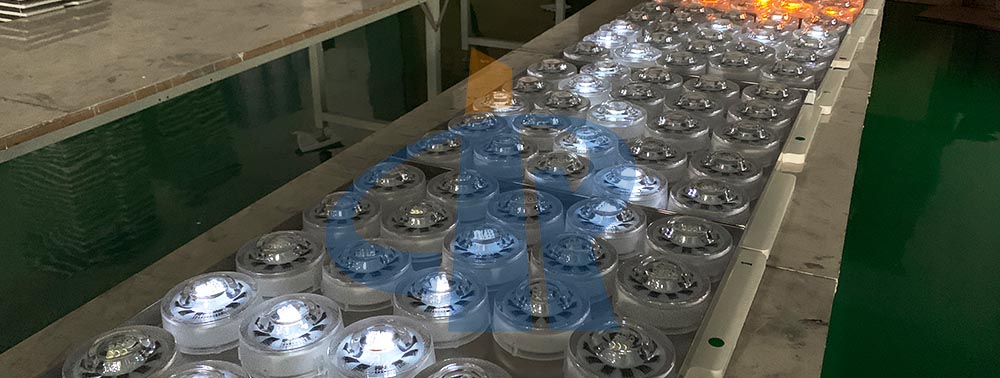The following is a detailed analysis of the safety performance of
Solar Road Studs:
Advantages and safety improvement
Active luminous performance:
The LED lights built into
Solar Road Studs can automatically illuminate at night or in low light conditions to provide drivers with clear road instructions.
This active luminous method can penetrate rain and fog, effectively guide the driver's line of sight, and reduce traffic accidents caused by poor visibility.
Passive reflective performance:
The surface of
Solar Road Studs uses retroreflective materials, which can reflect light during the day or in good light conditions to enhance road visibility.
This passive reflective performance also helps drivers identify road contours and edges during the day.

Intelligent control system:
The intelligent control system equipped with
Solar Road Studs can automatically adjust the lighting intensity according to changes in light and improve energy efficiency.
At the same time, it can also realize functions such as synchronous flashing to further improve road safety.
Environmental protection and energy saving:
Solar Road Studs uses solar energy as energy, does not produce harmful substances, and is in line with the development trend of green transportation.
Its energy-saving and efficient characteristics help reduce energy consumption and operating costs.
Disadvantages and potential risks
Dependence on sunlight:
In rainy, foggy or low-light areas, the power generation efficiency of
Solar Road Studs may be reduced, affecting their normal use.
This may result in the inability of
Solar Road Studs to provide adequate lighting under certain weather conditions.

Technical complexity and maintenance costs:
Solar Road Studs integrates a variety of advanced technologies, including solar panels, energy storage devices, LED lighting systems, etc., and its technical complexity is high.
This may increase maintenance costs and the need for technical support.
Compressive performance limitations:
Although
Solar Road Studs are designed with compressive performance in mind, their compressive performance may still be limited on roads with heavy traffic and vehicle loads.
This may cause
Solar Road Studs to be damaged or fail during long-term use.

Safety performance summary
Overall,
Solar Road Studs performs well in safety performance. Its active luminous and passive reflective performance, intelligent control system, and environmental protection and energy-saving characteristics all help to improve road safety. However, the shortcomings such as dependence on sunlight, technical complexity and maintenance costs, and compressive performance limitations also need to be paid attention to. In practical applications, reasonable selection and design should be made according to specific road conditions and traffic flow to ensure the safety and reliability of
Solar Road Studs.
In order to further improve the safety performance of
Solar Road Studs, the following measures are recommended:
Strengthen technology research and development and innovation to improve the power generation efficiency and pressure resistance of
Solar Road Studs.
Optimize the intelligent control system to achieve more accurate lighting adjustment and synchronous flashing functions.
Strengthen maintenance and management, regularly inspect and repair
Solar Road Studs to ensure their normal operation.
Promote the use of high-performance materials to improve the durability and service life of
Solar Road Studs.


